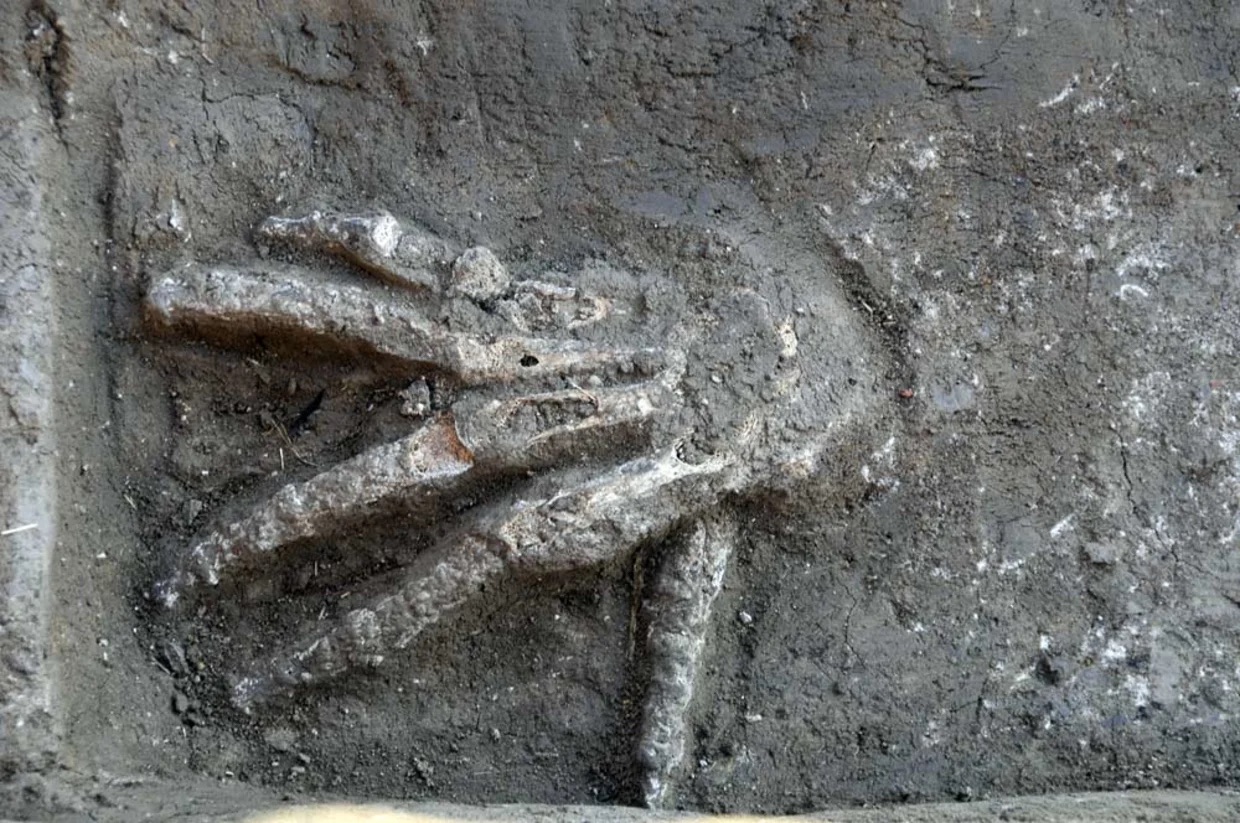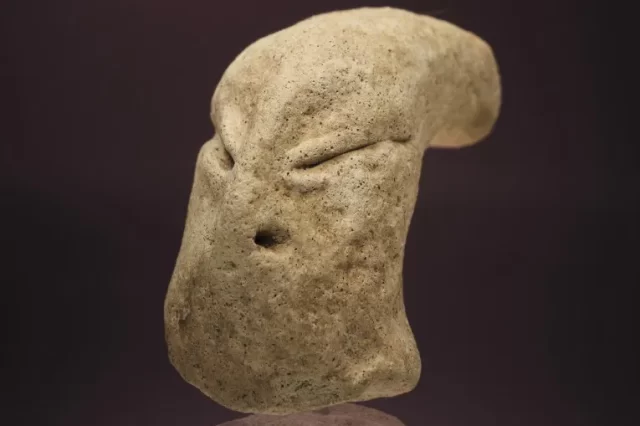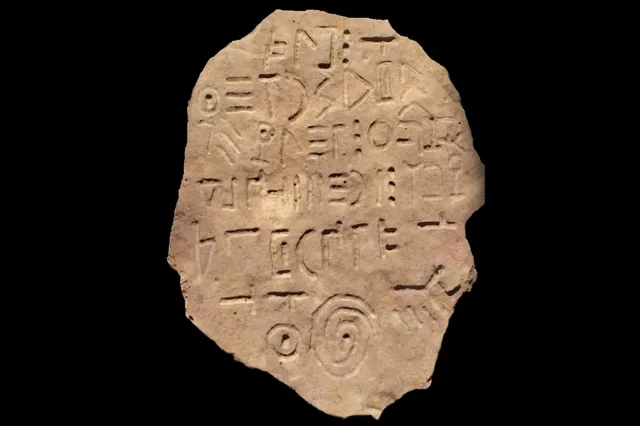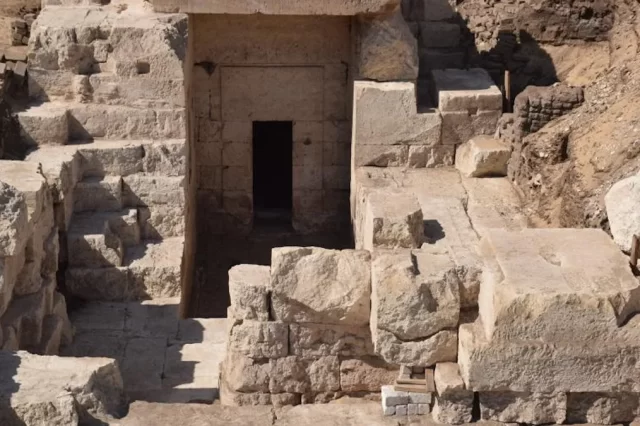A recent study has revealed a shocking discovery in an ancient Egyptian palace - a stack of a dozen severed hands in the courtyard. The findings suggest that the hands were taken as trophies by a foreign invader, possibly as a show of power and dominance. This gruesome revelation offers new insights into the violent clashes between Ancient Egyptian kingdoms and their conquerors, and sheds light on the darker aspects of Ancient Egyptian history.
Ancient Egyptian Palace Reveals Grisly Trophies: Severed Hands Unearthed
Researchers believe the discovery of a dozen severed hands in an ancient Egyptian palace courtyard, points to a gruesome ritual performed by foreign invaders.
Mutilated Hands Offer Clues to Egyptian Rituals
A new study reveals that a dozen severed hands found stacked in the courtyard of an ancient Egyptian palace may be the result of a brutal “trophy-taking” ritual performed by a foreign invader. Inscriptions and reliefs in Egyptian tombs and temples dating as far back as the New Kingdom (16th-11th centuries BC) depict mutilated or amputated hands, but this is the first time archaeologists have discovered and analyzed actual severed hands. The findings, published in Scientific Reports, suggest that at least eleven men and possibly one woman were victims of this practice.
Investigating a Gruesome Discovery
Researchers analyzed the right hands, which were originally discovered in 2011, buried in three separate graves within the courtyard of the Hyksos palace at Avaris/Tell el-Dab’a in northeastern Egypt. The palace dates back to the 15th Dynasty (1640-1530 BC), during which Hyksos kings ruled over Lower and Middle Egypt. The study, led by paleopathologist Julia Gresky of the German Archaeological Institute in Berlin, aimed to determine whether the hands were deliberately amputated or simply separated due to natural processes.
Deliberate Amputation and Trophy Taking
The researchers found that the carpal bones of the proximal row were intact in six of the 12 hands examined, with no lower arm bone fragments discovered. This led the team to conclude that the hands were deliberately amputated, suggesting a ceremonial or ritualistic purpose. The hands were found to be “soft and pliable” when discovered in the graves, indicating that they were buried before rigor mortis had set in or shortly after it had passed.
A Punishment or a Symbol of Victory?
The study raises the question of whether the amputation was a form of punishment or a trophy for military victories. The researchers argue that the location, treatment, and possible positioning of the severed hands point towards the latter hypothesis. The burial pits were located in the palace’s large forecourt, opposite the throne room, and the researchers believe this visible location for the public is evidence of the widespread practice of “trophy taking” during this time in ancient Egypt.
PLEASE READ: Have something to add? Visit Curiosmos on Facebook. Join the discussion in our mobile Telegram group. Also, follow us on Google News. Interesting in history, mysteries, and more? Visit Ancient Library’s Telegram group and become part of an exclusive group.





